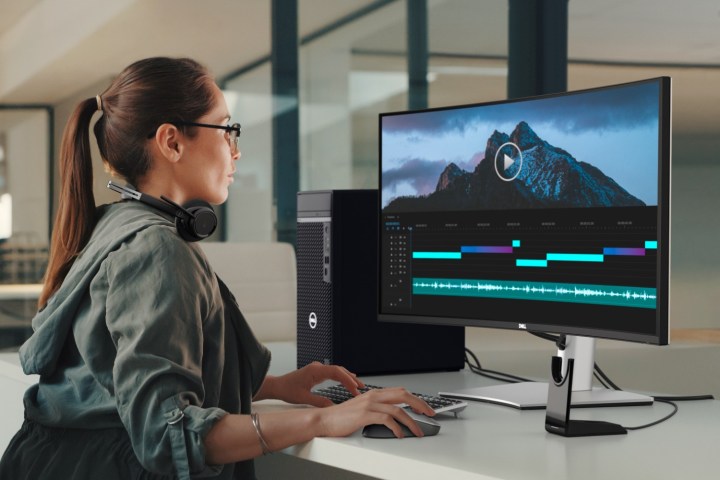Dell has two new high-end UltraSharp monitors, both of which boast IPS Black, a display technology that’s supposed to offer higher contrast and deeper blacks. The two monitors in question are the UltraSharp 32 6K monitor (U3224KB) and UltraSharp 38 Curved USB-C Hub Monitor (U3824DW).
The 6K model is the most premium one Dell has ever sold, launching at a dizzying $3,200 price point. Beyond the 6K resolution, it also comes with a

The ultrawide 38-incher is impressive too. It comes with a WQHD+ resolution and a built-in KVM switch. But seriously: where’s the OLED or mini-LED options? Companies like Samsung, LG, Asus, and more are adopting these more advanced display technologies, especially in the world of gaming monitors. We’ve seen all sorts of different mini-LED and OLED gaming
To be fair, Dell is making one of the popular models itself — the Alienware 34 QD-OLED. But that’s what makes the lack of Dell OLED
IPS Black first debuted in 2022 on a number of Dell
But it was only certified for DisplayHDR 400, which is pitiful

The resolution, of course, is the spec Dell is selling the 6K monitor on — not so much the
But without the added dimming zones of mini-LED or per-pixel backlighting of OLED, these
The UltraSharp 32 6K will be available to purchase today on Dell.com for $3,200, while the UltraSharp 38 Curved USB-C Hub Monitor won’t be available until June 22 and will cost $1,530.
Editors' Recommendations
- 4 gaming monitors you should buy instead of the Alienware 34 QD-OLED
- MSI and Asus just flipped the script for their OLED gaming monitors
- Why Alienware remains the undisputed champ of OLED gaming monitors
- This surprise 480Hz QHD OLED gaming monitor just won CES
- Alienware’s new second-gen QD-OLED monitors are stunning


